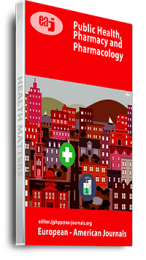This article explores the crucial subject of Uterine Balloon Tamponade (UBT) as a very efficient method for controlling postpartum haemorrhage (PPH). Maternal mortality continues to be a pressing issue in global health, with postpartum haemorrhage playing a prominent role in this troubling pattern. This study investigates the versatile operational processes of UBT devices, with a particular focus on their capacity to stimulate uterine receptors, initiate contractions, and exert hydrostatic pressure to halt bleeding sinuses. The research highlights the crucial importance of healthcare workers, namely nurses, in promptly identifying and skillfully implementing UBT to achieve hemostasis. This resource offers a comprehensive examination of the many factors that contribute to postpartum haemorrhage (PPH), including uterine atony and retained placental fragments. It emphasises the need of implementing focused therapies to address these causes. The article highlights the worldwide inequalities in maternal healthcare and proposes comprehensive measures to tackle shortcomings in healthcare facilities, improve accessibility, and invest in highly qualified healthcare professionals. Evidence-based procedures, including UBT, are promoted for wider application, needing intensive instructional programs for healthcare practitioners. It is recommended that policymakers give high importance to maternal health on the international agenda, promoting cooperation across different fields of study and involving the community. In conclusion, the abstract highlights the need of taking proactive steps and working together to include UBT as a primary intervention in the management of PPH, with the main objective of decreasing global maternal death rates.
Keywords: Management, Postpartum haemorrhage, uterine balloon tamponade

